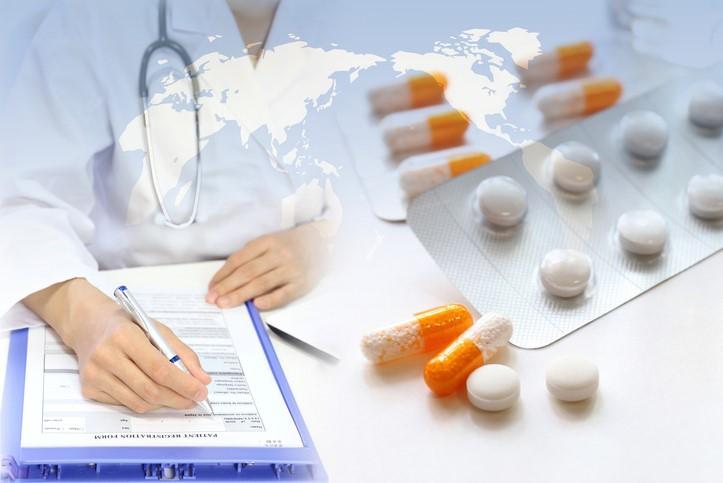Using the "access," "watch," and "reserve" designations established previously, the World Health Organization (WHO) has created a new tool to limit the use of drugs associated with the highest risk of resistance and to increase the use of antibiotics in countries where supply and availability is low.
The tool, called AWaRe (for Access, Watch, and Reserve), was developed by the WHO Essential Medicines List to reduce the spread of antimicrobial resistance (AMR), antibiotic-related adverse events, and drug costs.
"Antimicrobial resistance is one of the most urgent health risks of our time and threatens to undo a century of medical progress," said Tedros Adhanom Ghebreyesus, PhD, WHO director-general, in a press release today about AWaRe.
"All countries must strike a balance between ensuring access to life-saving antibiotics and slowing drug resistance by reserving the use of some antibiotics for the hardest-to-treat infections," he added. "I urge countries to adopt AWaRe, which is a valuable and practical tool for doing just that."
Speaking at a press conference today, Hanan Balkhy, MD, the WHO's assistant-director general for AMR, said that AWaRe is only a single tool to combat antimicrobial resistance. But a failure to use this tool, as well as others, including novel antibiotic development, will "halt modern medicine as we know it today."
Five-year goal outlined
The first goal of AWaRe is to have all countries report antibiotic use by 2023. The second goal is to limit 60% of global antibiotic consumption to drugs from the "access" category.
These drugs are narrow-spectrum, meaning they are more likely to target a limited bacterial organism and less likely to contribute to resistance. All drugs on the "aware" list are also on the WHO's Essential Medicine's "core" list, and include amoxicillin and cloxacillin.
Currently 65 countries track antibiotic use, and only 29 of the 65 meet the 60% access antibiotics goal. Of those 29, Brazil is the largest.
The "access" drugs should also be promoted for increased use in several low-income countries, the WHO said, emphasizing that underuse of life-saving antibiotics is as dangerous as AMR. Balkhy and colleagues said in today's press conference that annually 1 million pediatric deaths in developing countries are caused by treatable bacterial infections.
The WHO developed the access, watch, and aware categories 2 years ago to combat AMR
Limiting 'watch,' 'reserve' drugs
The other designations belong to drugs that carry with them resistance risks, including fluoroquinolones (placed in the "watch" category) and last-resort antibiotics that are currently able to fight multi- (MDR) or extensively drug-resistant (XDR) bacteria. Those drugs, including ceftazidime-avibactam and polymyxins, are on the "reserve" list, and should be used only when all other options fail.
Some countries, including the United Kingdom, Bangladesh, and Germany have already adopted AWaRe, and the tool gained approval of the G20 last year.
See also:
Jun 18 WHO press release
AWaRe website
Jun 6, 2017, CIDRAP News story "WHO revises essential drug list to battle antibiotic resistance"





















